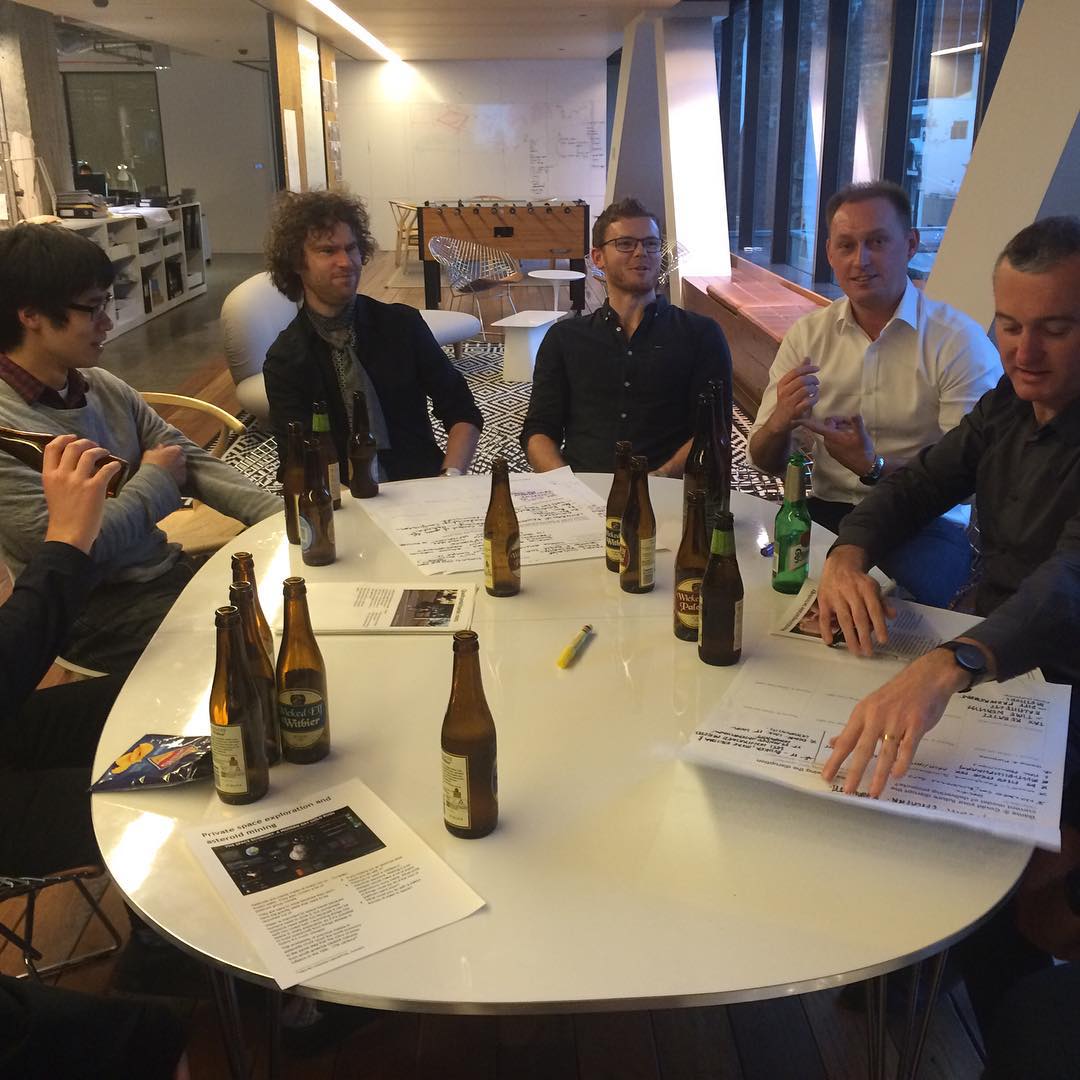A 'Thinking about the future' game
There are probably lots of serious, data backed, ways that futurists1 use to predict the future2. My method is pretty adhoc. I just pick a thread to obsess about and see what happens when I smash other things into it.
I did this a while ago with driverless cars, and I’ve been smashing ideas into the driverless cars brain-thread ever since.
Last week we had a workshop at BVN. We were thinking about possible futures. It was based on my method of smashing ideas into each other. We wanted to do this to get people thinking about how possible futures might pan out. There’s a terrific Wait but why article3 that talks about how bad we are at projecting trends that don’t follow linear paths (exponential etc.).

As everyone is buried deeply in the now it’s really easy to just project a small bit of the past into the future, ignoring the shape of the trend. This sort of thing is great for stretching your brain-legs.
It’s a card game. These are the ‘cards’ we were using (Opens a google doc4). If you think that it’s worth making this game a bit better then I’ll work on it a bit more and put it on GitHub as a project. Then you can contribute more cards to, or make the existing cards better.
We had three sections to the session: working out a new future, thinking about how that future would affect the current world, then thinking about how you could be disruptive in today’s world to make your imagined world happen. Only parts one and two are really useful in a general sense, 3 was specific for BVN5.
Here’s the rules:
- Break up into groups of 3 or 4 (ish)
- Each group gets 3 cards. We very loosely grouped them into social, economic and technology. That was just to make sure that a group didn’t get 3 cards about types of iPhone.
- GO! But, if you are stuck, like everyone gets at the start of this game, pick a primary card. This means that you bash things 2 and 3 into thing 1. That seems to make it much easier because the interactions are less complex to begin with.
- Once you have a great future, explain it to another team and see if you missed anything.
That’s about it. For some reason most groups ended up developing dystopias. I tried to steer people back to more moderate futures 6. People tended to imagine quite extreme, but simple versions of the trends and technology7
I’d love to see what happens when people play this game. Everyone at BVN had a great time. People got really involved and some of the debate was very involved and intense. If you play the game make a comment and let me know how you found it, and how your future turned out.


-
I don’t consider myself to be a futurist. ↩
-
I guess that there is a possiblity my method is the same as theirs, but it feels very unlikley! ↩
-
This was so that lots of people could edit right to the last second. ↩
-
there was a part 4 too, but that was really specific. It was about using the possible future you’d developed to be a red team to a purpose statement for the company. Like Google’s “organise all the world’s information”, but for us. ↩
-
basing that on regression to the mean and stuff. ↩
-
consistent with Construal level theory. ↩